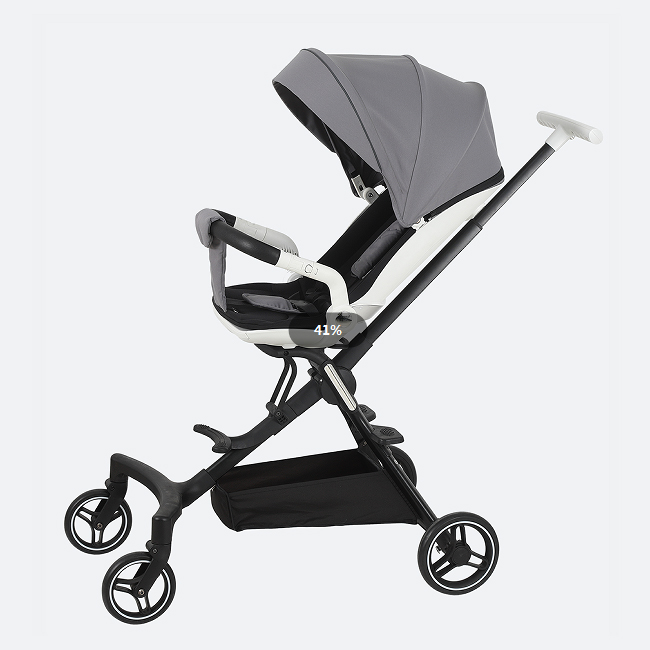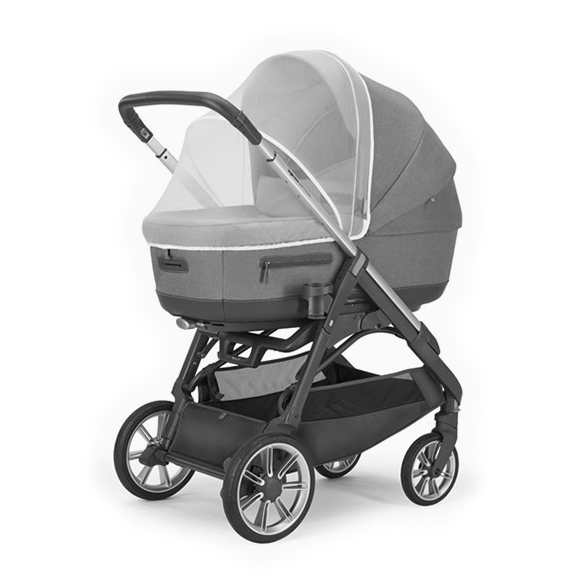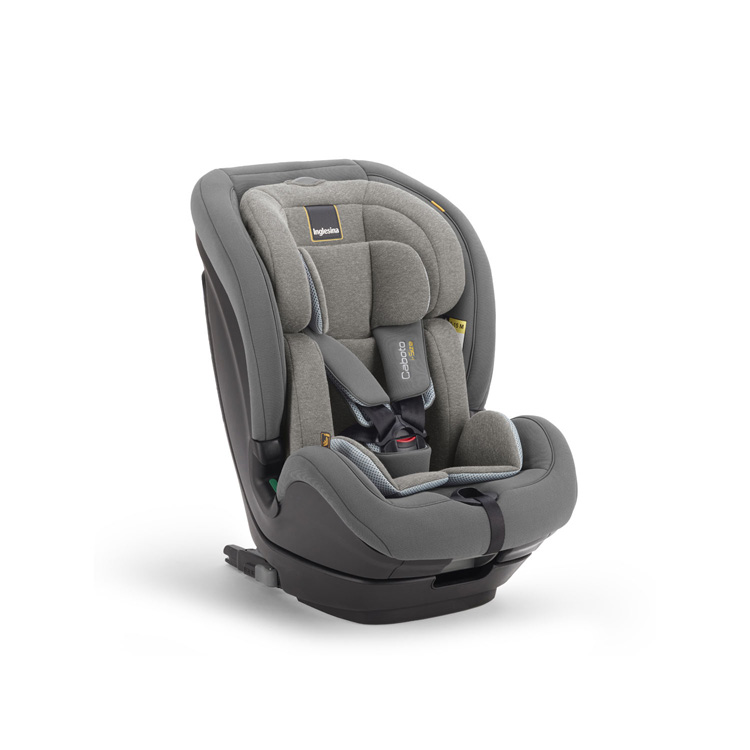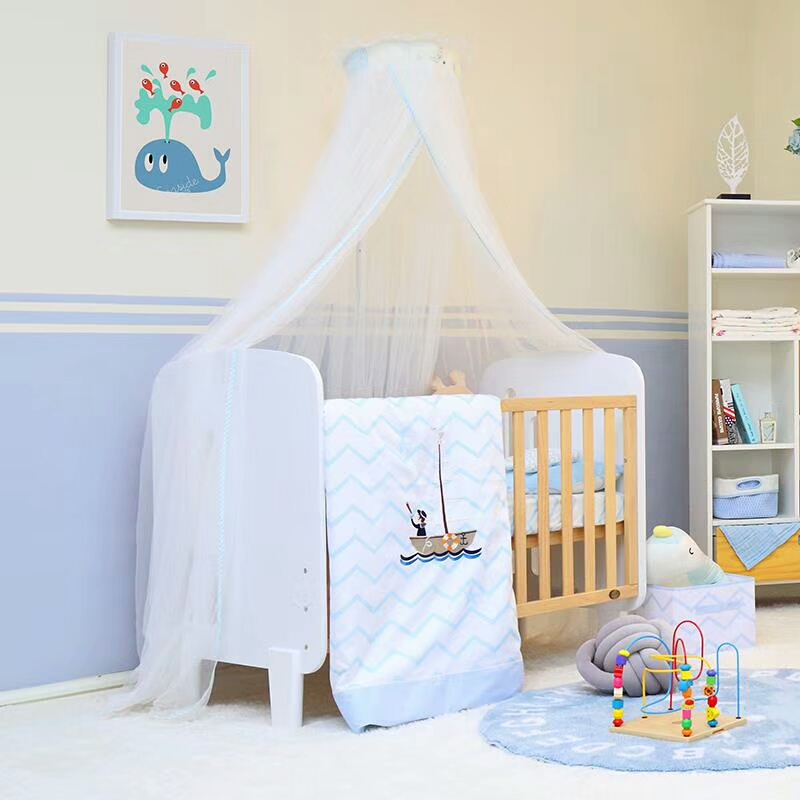Step 1: Find the "safety label" first - textile standards are the core
Childrens bedding belongs to textile products, and the safety of pigments first depends on whether they meet textile safety standards, which is a more reliable basis than "non-toxic" and "environmentally friendly" publicity.
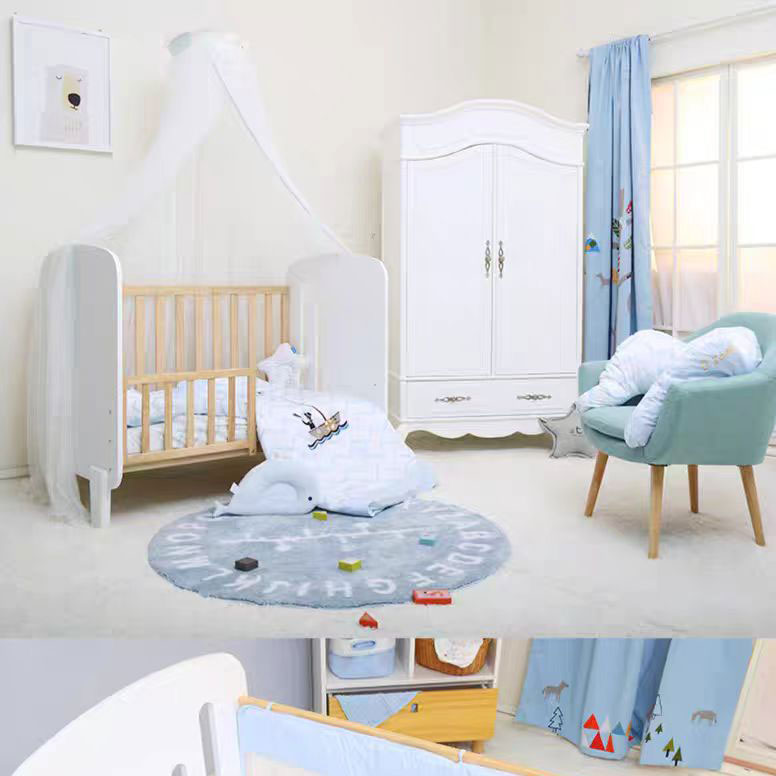
The domestic must comply with GB 18401-2010 "National Basic Safety Technical Specifications for Textile Products". Among them, it is clearly required that in the pigments of textile products for infants and young children (used by children aged 3 years and below), The content of heavy metals such as lead and mercury ≤ 20mg/kg, and the formaldehyde content ≤ 20mg/kg, And decomposable carcinogenic aromatic amine dyes are prohibited (These dyes may break down in sweat and enter the child's body through the skin).
 If the packaging is marked with "GB 18401-2010 Class A", it means that it is a special grade for infants and young children, and the safety is higher; For children over 3 years old, it must meet at least the "Category B" standard and be clearly labeled with the words "Children's Products".
If the packaging is marked with "GB 18401-2010 Class A", it means that it is a special grade for infants and young children, and the safety is higher; For children over 3 years old, it must meet at least the "Category B" standard and be clearly labeled with the words "Children's Products".
For imported products, you should pay attention to the EU Oeko-Tex® Standard 100 certification (especially "Class I", corresponding to infant products) and the US CPSIA certification, which means that the product has been strictly tested, and the harmful substance residues in the pigment meet international safety standards, but pay attention to whether the certification label is complete and avoid buying products with fake labels.
Step 2: Sensory initial screening - start with "touching, smelling, and rubbing"
After getting the bedding, you can preliminarily judge the safety of the pigment without washing, focusing on three details:
Touch: High-quality pigment printing should fit the fabric, feel smooth and have no bulges, no "graininess" or "stickiness"; If you feel the pattern is hard and brittle, you can even feel the pigment layering, It may be that low-quality glue pigments are used, which will rub the child's skin with long-term contact, and may fall off and be eaten by mistake;
Smell: Normal printed bedding only has a faint fabric smell (such as the natural smell of cotton fabrics),
If you open the package, you can smell the pungent "ink smell" and "plastic smell", There is a high probability of containing volatile organic compounds (such as benzene and toluene),
Children may cause respiratory discomfort and even affect sleep quality after inhalation;
Rubbing color fastness: With a clean white wet wipe, gently wipe the pattern 10 times (simulating the contact scene after a child sweats or wets the bed), If the wet wipe is stained with obvious color, it means that the color fastness of the pigment is not up to standard. It is easy to transfer to children's skin or be inhaled through sweat and saliva, which poses a safety hazard.
Step 3: Check the details - Don't ignore these "hidden points"
In addition to the basic checks, there are several details that are often overlooked to further confirm pigment safety:
Applicable age labeling: "Applicable age" will be clearly stated on the packaging, for example, "0-3 years old" and "3-12 years old", the pigments of children's products for young children will additionally require "not easy to peel off" and "no fluorescent agents" (fluorescent agents may irritate children's delicate skin), when choosing for infants and young children, try to avoid styles with too dense patterns and large pigment coverage area;
Ingredient list and washing instructions: Check the "Printing Ingredients" on the tag, preferential selection of products marked with "water-based environmentally friendly inks" and "vegetable dyes", avoid bedding containing "azo dyes" and "heavy metal stabilizers"; Washing instructions If it prompts "First time gently washing in cold water, avoid prolonged soaking", usually because the pigment needs gentle care to maintain stability, the more detailed such tips, the more secure the product is often guaranteed;
Post-wash inspection: After the first wash, observe whether the pattern cracks, fades, pills, (pigment layer falls off), If the pigment is visibly damaged after washing, Iit indicates that the process is unqualified, it is easy to produce pigment chips in subsequent use. Increases the risk of exposure to children.
Finally, I would like to say: safety is more important than good looks
When many parents choose children's bedding, they will be attracted by cute patterns. but for children, safety is the bottom line. Even if the bedding meets the standards, also remind children not to gnaw on the printed part; Drying thoroughly after each wash, avoid the residual moisture of the pigment from breeding bacteria; If you find that the bedding pattern has fallen off or faded, replace it in time. Don't let safety hazards stay by your child's pillow. After all, children's sleeping environment needs to be carefully guarded. Checking the pigment safety of bedding, It is to build the first line of defense for children's healthy sleep. Let them have a good night's sleep in a safe environment.



